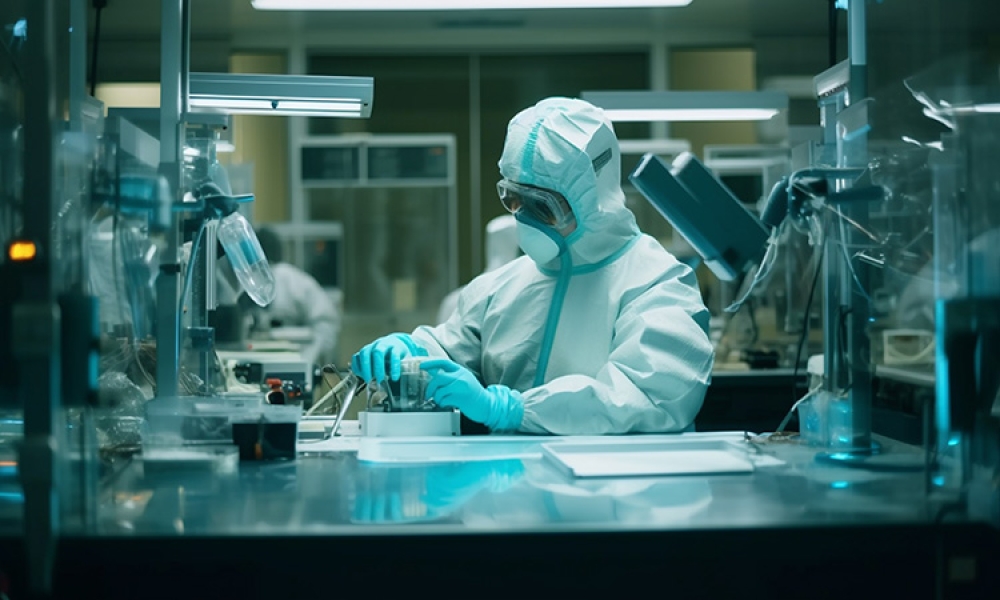Faced with the prospect of managing that first big Pharmaceutical facility expansion, the reality of the enormous task can be unsettling. Many questions immediately arise. Where do we start? Where do we build? How long will it take? How much will it cost? Any facility or project manager with the responsibility for a facility that could face an expansion does not want to end up asking themselves these questions only to be faced with the task of getting a new facility production ready, and quite commonly, with a deadline and budget already established. The good news is, there is a process to prepare yourself for your next facility expansion and give your management the critical path information they need to efficiently implement their strategic plans. That process is Master Planning. Master Planning is a process that can help you answer some critical project questions before any specific project even starts. The plan blends a company’s strategic vision into a high level facility plan that in turn will not only answer some critical questions, including potential project locations, timing, and cost, but also provides management with the information necessary to develop a more effective and realistic business plan. Most importantly of these are where a project should be built, when a project needs to start, and what are the potential capital and cash flow requirements. Master planning must start with what can likely be the hardest part of the process: the Strategic Plan. The best results are achieved when management is committed to the process and is willing to input the needed projections. Management and the design team should compile requirements and forecasts including:
- Organic growth
- New products
- New technologies
- Consolidation and rationalization
- Challenges from existing operations
Because Master Planning addresses the big picture, the input of all operation functions is critical to move the process forward. The plan should incorporate among other things:
- Projected production capacities and equipment needs
- Employee parking and site improvements
- Employee and production support
- Research and testing
- Storage and staging
- Administration and mechanical areas
The importance of correcting existing facility challenges is critical to the overall plan. The team should address:
- Increase output, efficiency, and lower cost
- Improve safety
- Areas that are overcrowded or underutilized
- Areas that are inefficiently positioned to needed adjacencies
A Master Plan functions as a facility roadmap and as such, it will help you plan your route and avoid roadblocks. And just like a roadmap, it needs to be updated as business needs change. In the end, having a plan for what your optimal facility should look like is extremely valuable. If you believe that your facility could benefit from a Master Plan, solicit the support of your management. The value of a focused well thought out Master Plan will help you get where you need to go and will reap dividends for years to come. Good luck with your next project! By: Steven L. Altomare, VP Pharmaceutical Services, Precis Engineering Inc.



